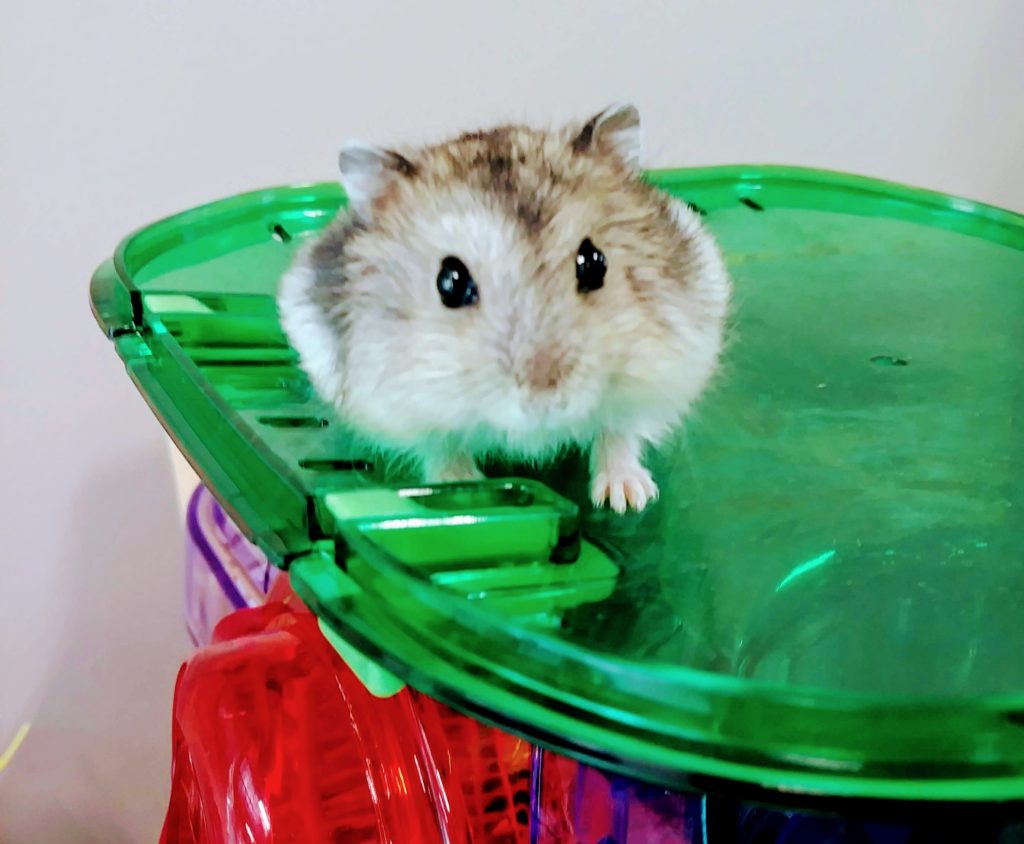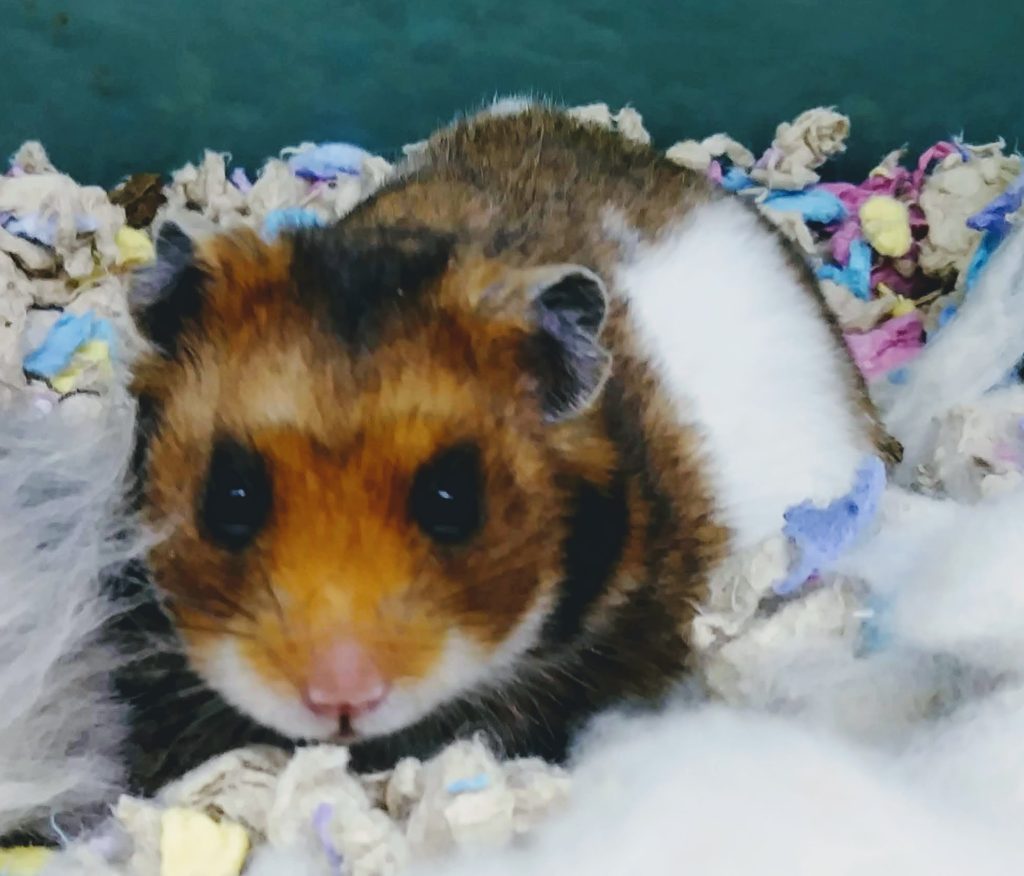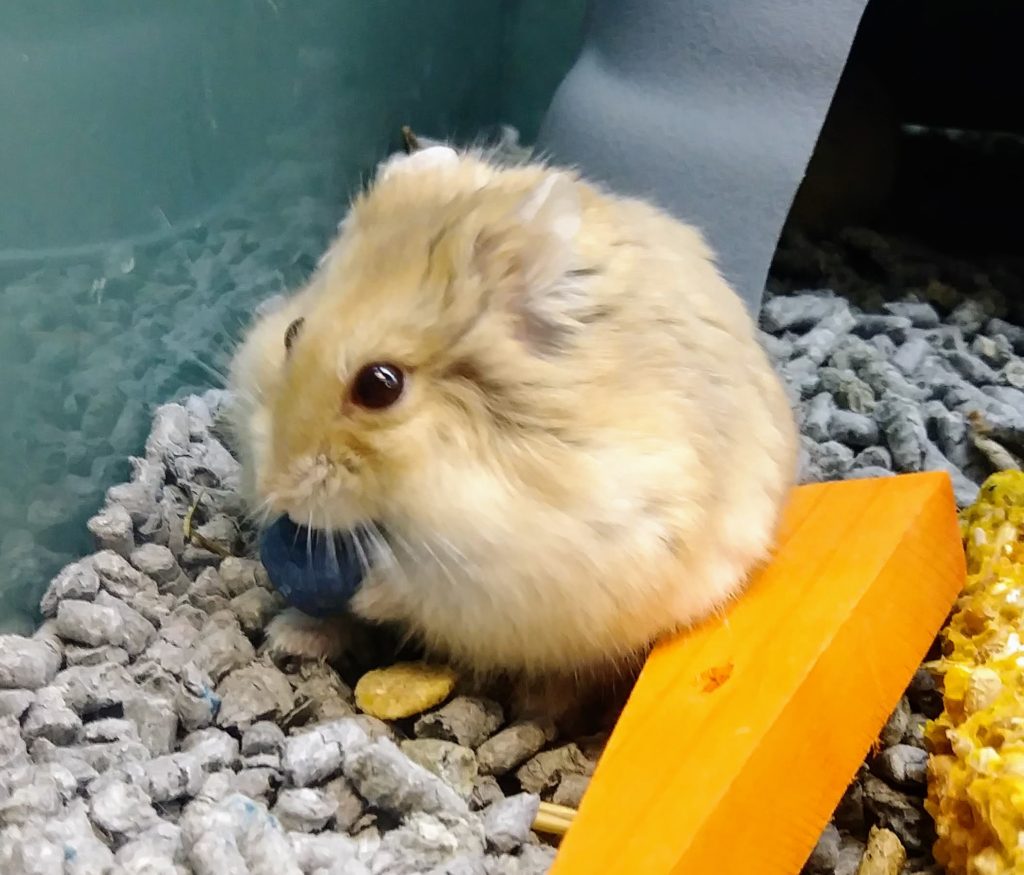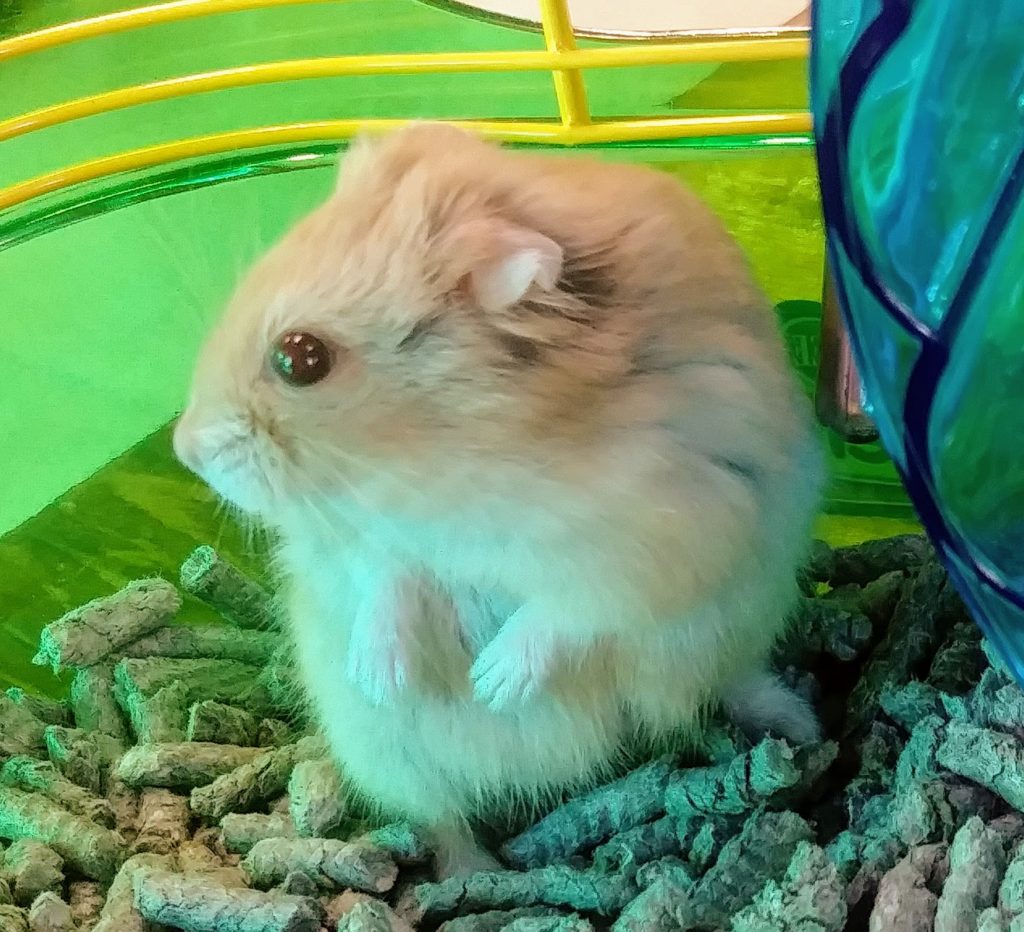Everything you need to know about getting your child a hamster
Hamsters are known for being a familiar first childhood pet, but is it the right pet for your child and your household? Let’s learn a little more about hamsters, what kind of pets they make, what they need to be happy, and if it’s the right fit for your family.
two main types of hamsters
There are 2 main types of hamsters you will see in your local pet store: syrian hamsters and dwarf hamsters.
Syrian hamsters are the larger of the two main types of hamsters. Dwarf hamsters are the smaller kind.

Syrian hamsters are also known as fancy hamsters, and long hair Syrian hamsters are known as teddy bear hamsters. They are also sometimes called goldens or pandas. They come in a wide variety of colors and are much larger than dwarf hamsters. Syrian hamsters are solitary in nature so they should be housed alone. Two Syrian hamsters can and will fight to the death if housed together.
Dwarf hamsters are of the smaller variety. Russians or Roborovskis (robo) hamsters are different types of dwarf hamsters. Dwarf hamsters may cohabitate particularly if they have been introduced when they were young.
How to select a hamster
Hamsters are nocturnal, meaning they are much more active at night. If possible, when picking out a pet hamster, try going as late as possible. If all the hamsters are sleeping, just try to pick one that is alert and has a dry bottom (a wet bottom is a health concern). Ideally, look for the most active hamster and ask to hold it. The younger the hamster, the easier it can be to tame it. The hamster may be a little squirmy when you first hold it, but you can focus on taming it when you get it home.
What you need for your new hamster
Cage and Bedding
The first thing you will need for your pet hamster is a good cage. The main things to consider is how you will clean the cage and make sure the cage is secure and the hamster can’t escape. Hamsters are notorious escape artists.
If you have a bigger hamster, you will need a slightly larger cage than if you get a dwarf hamster. If your cage has bars for walls, make sure the bars on your cage are the appropriate size for your hamster.
Tanks and plastic storage bins can make great cages for hamsters because you can make sure the bedding is at least 5” which is what it should be, and also won’t have to worry about your hamster gnawing on the bars of the cage all the time.
Another important thing your cage should have is a solid bottom. Some cages have wire bottoms which can hurt your hamsters feet and even cause a foot disease called bumblefoot.
There are a lot of fun cages out there but some of those cages can be very difficult to clean. Cages with tubes can be great fun for dwarf hamsters, but just know that every few months you might have to take the whole cage apart for a good cleaning.
Cages with tubes are not the best choice for Syrian hamsters because there is the possibility they could get stuck in the tubes, so just make sure you pick a big enough cage for your Syrian hamster to run around and explore.
Once you have your cage, you will need bedding to put in the bottom of the cage for your hamster to burrow in. Aspen shavings, paper bedding, or compressed paper bedding are all good choices.
accessories
Once you have the cage, you will need a food bowl, water bottle, exercise wheel, a hide (or house) and chew toys. Hamsters also enjoy exploring further in an exercise ball.
Most cages come with an exercise wheel in them, but just make sure it is big enough that when your hamster runs on it his spine does not curve. A solid wheel is ideal because wire wheels can hurt your hamsters feet.
Chew toys are very important for your hamster to have because their teeth never stop growing, so chewing on the toys helps grind them down. Wood toys usually do the trick quite nicely.


food
The healthiest food to feed your pet hamster is hamster pellets or muesli. Hamsters have a tendency to pick out what they want in the seed mix foods and leave behind the rest. Unfortunately, that means that your hamster is missing out on those key nutrients that they need, which is why a pellet food is the most beneficial. Also, try to pick a food with no artificial colors or fillers.
You can also give your hamster fresh foods two or three times a week. Fresh foods like vegetables, fruits, and seeds can be great treats for your furry friend.
is a hamster the right fit for my family?
As you’ve read, hamsters are pretty easy to care for which makes for a good first pet. However, as cute and cuddly as they appear to be, they can bite when they become frightened or startled awake. However, if you buy them young and really work with them, you can tame them to be pretty good little companions. Besides being good escape artists, they are also very restless and can jump right out of your hands so be careful when having young children handle them.
pros
- Don’t take up much room
- Easy to care for
- Cute
- Aren’t noisey (unless you get a noisey wheel!)
- Don’t requre constant attention

cons
- Can bite
- Jumpy
- Escape artists
- Only live 2 -3 years
- More active at night
